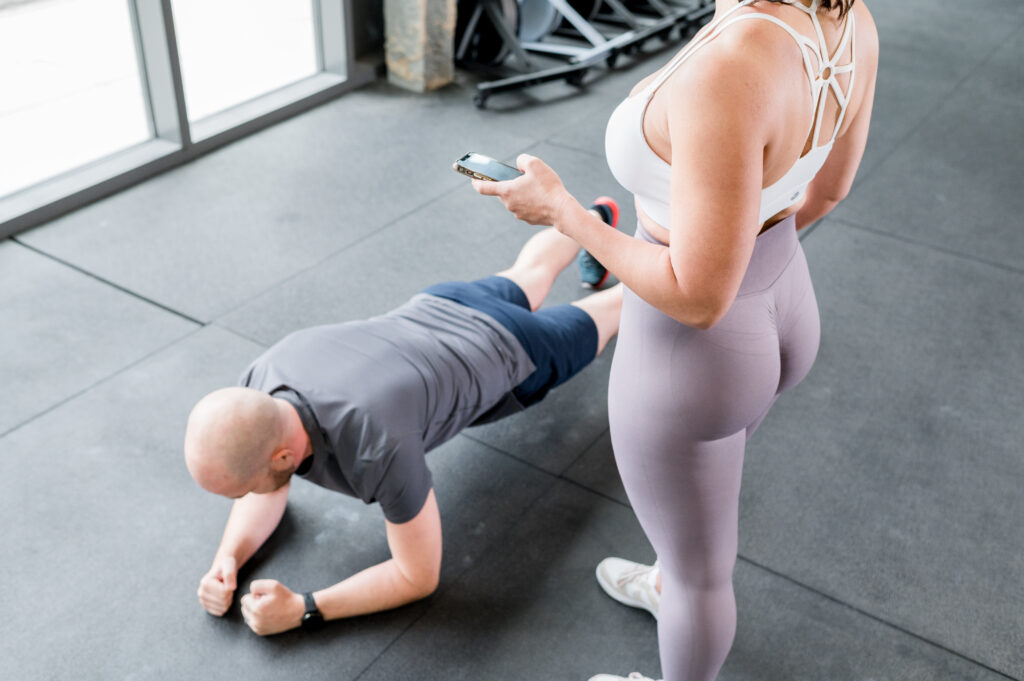Connect with Us
Grab the freebie!
HEALTH TIPS
RECIPES
WORKOUTS
Categories
Get my free Macro Calculator to figure out how you should be eating to best serve your body.
Progressive Overload
Tags:

You are hitting the gym two to three times a week and on track with nutrition yet you aren’t seeing progress. This can be frustrating, especially if you are doing everything “right”. First, you need to stop and think, “have I given it enough time?”. Despite what the adds on social media tell us, real results take time. And I’m not talking six to eight weeks. I am talking months and years.
But if you have been at it consistently for months and still aren’t seeing real gains, the next question to ask yourself is, “am I training with intention?”. A lot of us, me included when I started out many years ago, go into the gym without a plan. We do random exercises or hop from machine to machine. If we are looking to see real results we need a plan specific to our goals that incorporates progressive overload.
What is progressive overload? Why is it important?
To put it simply, progressive overload means providing your muscles more of a challenge than the previous session.
Muscle growth requires progressive overload.
If you are performing the same workout without any progression over time you can reach a point where the exercise is no longer challenging.
So how can you implement progressive overload?
Increase the weight lifted. This is the method most people rely on, especially in the beginning, as it’s pretty straight forward. Every week you’re aiming to increase your load by 5-10 pounds while still maintaining proper form. If you cannot perform the exercise with proper form you shouldn’t be increasing the weight.
Increase the rep count. This method is particularly helpful for those with limited access to gym equipment. It also works well for those working through an injury who are unable to increase weight.
Increase the number of sets performed. This can be as simple as going from three sets of twelve to four sets of twelve the next week. This is also a good technique for someone with limited gym equipment.
If you need a refresher on reps and sets, A Little Gym 101 explains the most commonly used gym terms.
Slow down your tempo. When you slow down your reps, you increase the amount of time that tension is placed on the muscle. This is especially effective for exercises involving smaller muscle groups and bodyweight exercises where adding more weight isn’t an option.
Not sure which method is best for you? A lot depends on your experience and your goals. But when you are just starting out the best way is to experiment and see what works best for you.
The key to progressive overload is tracking your workouts. You have to know what you are currently doing so you are able to increase the load. You can use a regular notebook or purchase a specific workout notebook. My clients, both in-person and online, have access to an app which allows them to track the progress of all of their workouts. However you do it, tracking where you are allows you to see where you need to go.
Stop doing random workouts or following the latest fitness influencer and start training with intention. Set a plan specific to your goals, track your workouts, apply progressive overload, and watch the gains happen.
